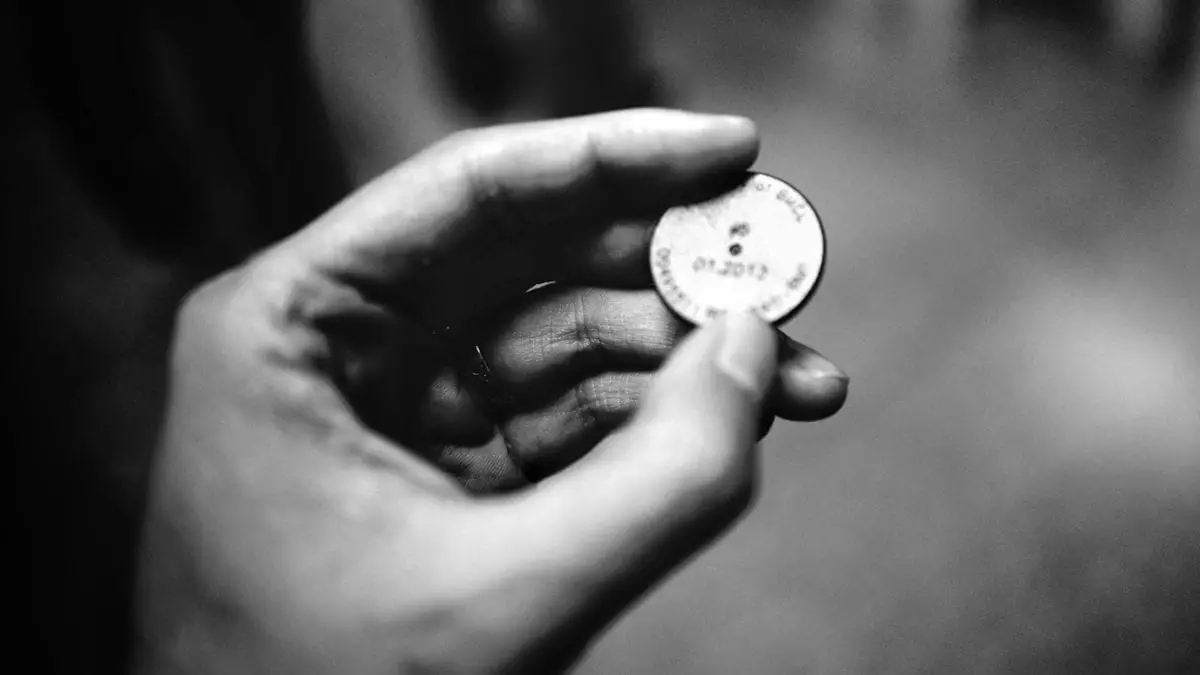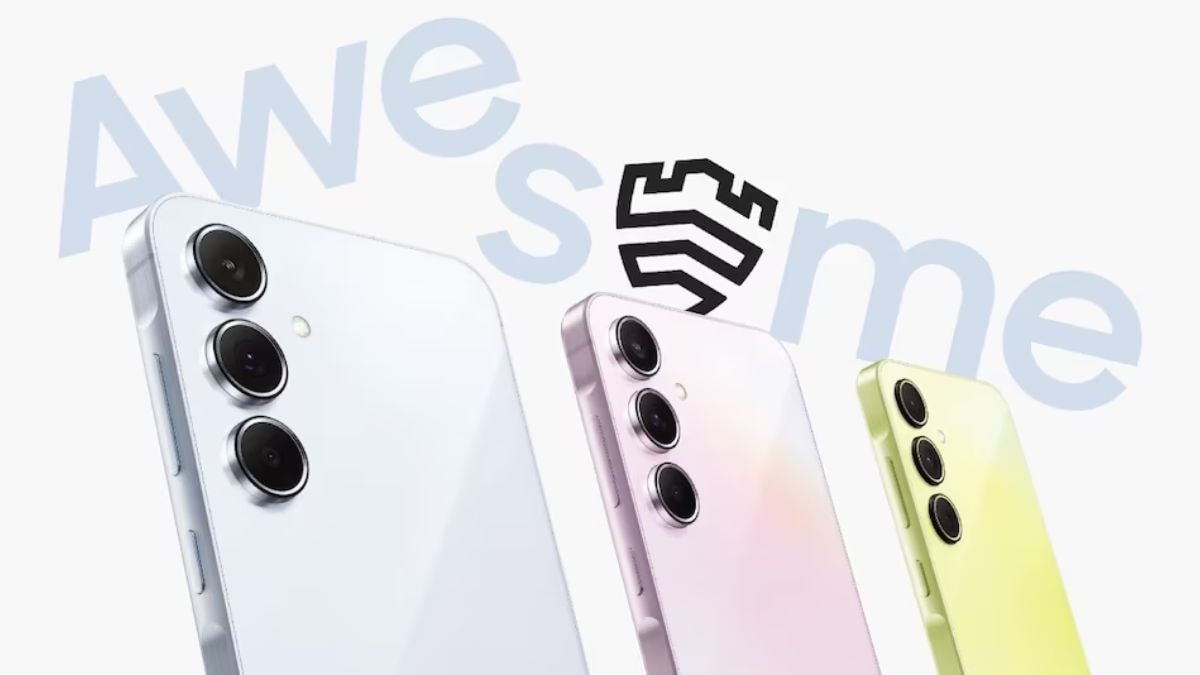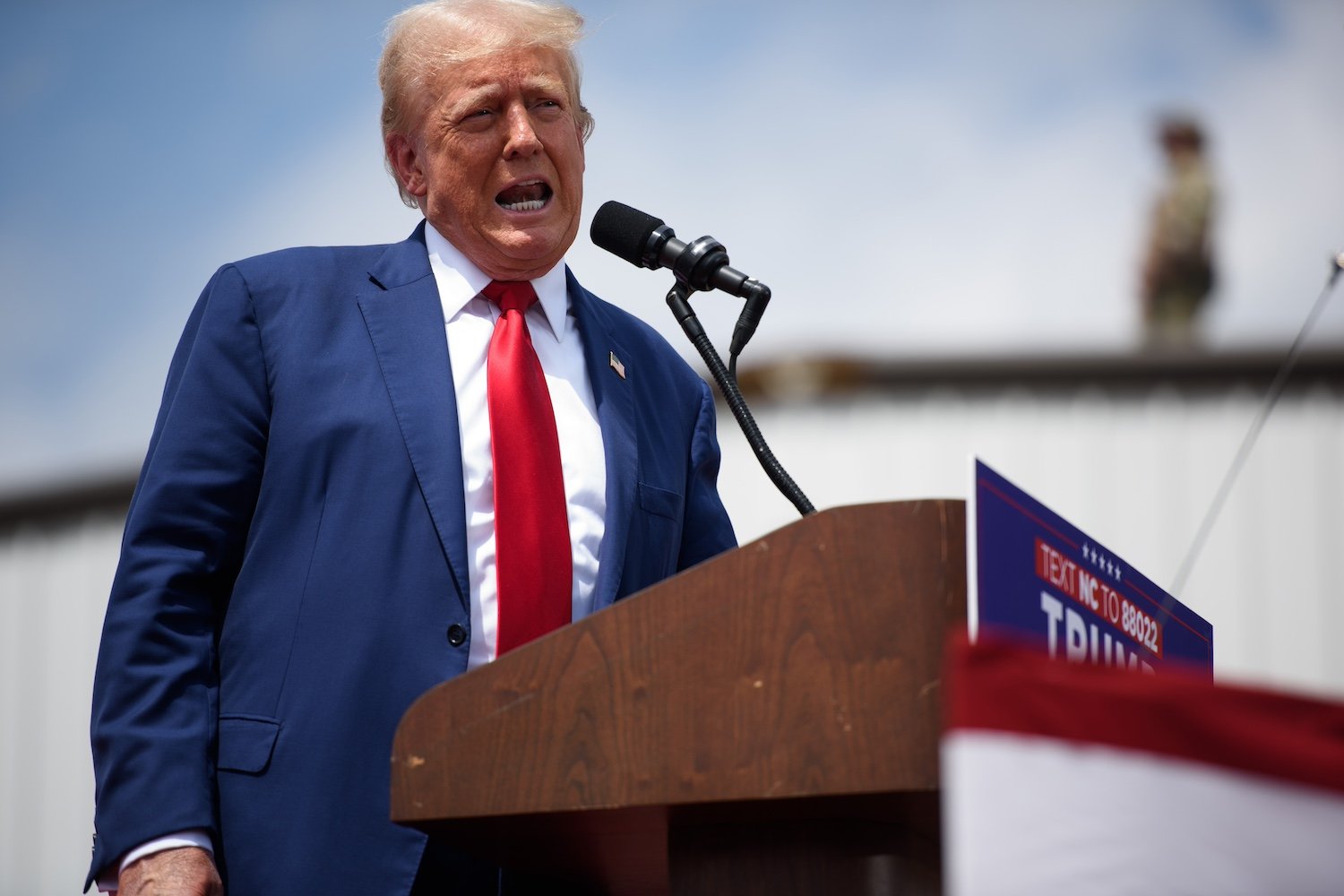The Pixel 9 looks and feels like an iPhone, through and through. I’m not just saying that to be inflammatory and get a rise out of the Android versus iOS crowd. Even if I am known to do that, there were far too many times I kept saying to myself, “Boy, this Pixel 9 Pro XL sure feels like an iPhone.” Everything from the curve on the rounded corners to the flattened-out sides to the fact that there are three models instead of two feels decidedly Apple-like. There are even exclusive features that are only available if you purchase specific models, mainly in the AI realm.
I have lots to say about each of the Pixel 9 models launching this phone season. This review primarily tests the Pixel 9 Pro XL, which you get if you spend the most money on a Google phone —$1,100 with 256GB of storage. Most of this review explains the differences between the other models so you know what you’re saving money on or spending more for. The most important thing to remember before buying any Pixel 9 devices is this: shopping for the new Pixel 9 is a “good, better, best” situation. The “good” phone is the entry-level Pixel 9, the “better” phone is the Pixel 9 Pro XL, and the “best” phone is the Pixel 9 Pro simply because it is the perfect size for most people.
Google Pixel 9: Design
Goldilocks and the three Pixel 9s
The Pixel 9 Pro comes in two flavors this generation: small and big (XL).
Finally, Google settled on a design paradigm that isn’t just a camera bar across the back of the Pixel device. This year’s models adopt an oblong camera bar that looks more distinct than the rectangle metal that adorned the Pixel 7 and Pixel 8. Granted, few phones have just a bar across the back. Whenever I see one of these in the wild, I immediately know it’s a Pixel, the same way I know when I see the stovetop that it’s an iPhone. At least this generation’s Pixel design is a little more futuristic. There’s something about how the back camera module pops out that’s satisfying, and it’s because the rest of the phone feels balanced and sturdy.
With a case on, you can barely tell the Pixel 9 Pro XL from the iPhone 15 Pro Max when both screens are off. I’m not saying that Google purposefully designed this after the iPhone. But this move is much in the same vein as Samsung slowly maximizing the curvature on its Galaxy phones to suggest an iPhone-like look from afar. Anyway, whatever Google did here with the design and construction materials is what it should have been doing a while ago. The plastic backside over the last few generations felt chintzy. This time, it feels like a $1,100 phone.
The Pixel 8 Pro compared to the Pixel 9 Pro XL.
The good news is that you don’t have to spend that much on the Pixel 9 if you don’t want everything it does. It comes in three variants this year. Here’s a general breakdown of the models:
- Pixel 9: A 6.3-inch device with 12GB of RAM (not 8GB!)
- Pixel 9 Pro: A 6.3-inch device with 16GB of RAM
- Pixel 9 Pro XL: The “Pro Max-equivalent” of the Pixel. It is the biggest device, with a 6.8-inch display display and 16GB of RAM
All three devices run on the fourth-generation Google-made Tensor G4 processor. They ship with Android 14 (where is Android 15, anyway?), and each has a battery to accommodate the various screen sizes and capabilities. The Pixel 9 and Pixel 9 Pro are the same size; if you look for cases, you will probably see listings for the Pixel 9/9 Pro separate from the Pixel 9 Pro XL. They also have the same battery size.
Like the iPhone family, there’s a distinct difference in color aesthetic between the entry-level flagship Pixel 9 and the costlier Pro-level Pixels. All phone models come in four colors, two of which are black and white. Pixel 9 users can also choose from more pastel colors like green or peony, while Pixel 9 Pro/Pro XL users can choose between a grayish-green called Hazel or a prominent pink, Rose Quartz.
The Pixel 9 in its three flavors: Pixel 9Pro (left), Pixel 9 Pro XL (middle), and Pixel 9 (right).
Buy Google Pixel 9 Pro XL at Amazon
Buy Google Pixel 9 Pro XL at Best Buy
If you want a Pixel 9, ask yourself whether you want a smartphone for its camera capabilities or one for its utility. The fundamental differences between models are size, performance, and camera capabilities. But the good news is that if you are starting with the Pro, now there are two sizes to choose from rather than defaulting to using the largest smartphone.
Like the Pixel 8 before it, the Pixel 9 is a barebones Pixel experience. You get a 6.3-inch Actua display, a dual camera system featuring a 50-MP wide-angle camera, and a 48-MP ultrawide with macro focus capabilities. The same Tensor CPU powers it as the Pro variants but with less RAM, though there’s a little more than you used to get. I’m relieved that Google bumped it up to 12GB for the Pixel 9 because I have struggled the last two seasons with a mere 8GB of RAM. I’m talking about shutting down apps and using the camera in airplane mode so that all resources are dedicated to the task at hand. This extra bump-up in memory is necessary for all that Google is pushing with its AI capabilities.
The Pixel 9 Pro/Pro XL upgraded to 16GB of memory, putting it on par with performance releases like the OnePlus 12, which also boasts 12-16GB of RAM. The Pro’s camera system is bumped up from the regular Pixel 9, too: in addition to the same primary and secondary lens, there’s a third 48-MP telephoto camera, which enables 5x optical zoom and up to 30x digital zoom on both the Pixel 9 Pro and Pro XL.
There are a handful of features you’ll miss out on if you go for the $800 Pixel 9 over the Pros. First, there are no Pro controls available in the camera, nor is there a High-Res mode, which lets you shoot with the full 50-MP rather than the pixel binning behind the scenes. There’s also no Zoom Enhance since there is limited optical zoom to leverage, nor is there Video Boost, which ups the quality of the video’s lighting, colors, and details, or Night Sight Video, which is how you get neat trail effects from brake lights at night.
The Pixel 9 Pro seems like the best deal for all. I plan to make a more significant case about this, but in short, it’s not too big like the Pixel 9 Pro XL, yet it’s equipped with the same capacity. Granted, the big phone might be the one that outsells the other two Pixel 9 devices as the iPhone 15 Pro Max did in its family, but the point is that there’s a phone that’s small-hand-sized without being overbearing with access to the high-end parts of the Android lifestyle. And unlike the iPhone 15 Pro, the Pixel 9 Pro and Pro XL don’t differentiate in optical zoom. You are just choosing whether you want a big or small phone.
Pixel 9 Pro Review: Performance
It’s All about AI processing
As I mentioned earlier, a measly 8GB of memory wasn’t working out for me with the Pixel 7 and Pixel 8. I’m thrilled that Google bumped up the RAM offering because it means things will feel smoother, at least when simultaneously loading up Pokémon Go and Spotify. I had trouble with that weeks ago on vacation with the Pixel 8. With the Pixel 9, I feel more confident playing around with AI without fear it will bog down the rest of the system. I did not have that kind of confidence these last two generations.
The Google Tensor G4 CPU powers up the Pixel 9, and Google promises increased speed in web browsing, app launch, and overall power efficiency. We know the processor fires off at 3.1GHz, a slight increase from last year’s chip, and that it’s best tuned for Google’s AI magic. It’s also equipped with satellite connectivity, which I’ll get into shortly.
Geekbench doesn’t typically work with pre-release Pixel hardware, so we’ll have to follow up on how this new Tensor G4 CPU performs in numbers. If you scope out the headlines now, you’ll see mention that the chip performs “behind” Qualcomm’s equivalent chipsets. Again, these chips are for processing Google’s AI, not necessarily for inspiring long gaming sessions, though they can do that.
Battery performance is the best it’s ever been for the Pixel series. Samsung’s Galaxy S24 series and the iPhone have outlasted Google’s past few flagships in our slightly dated but effective battery rundown test. We mainly test for on-screen time by streaming a YouTube video until the phone dies. I still have to run this task for the official tally against the other phones we’ve tested, and I will update this review with the results soon.
Google promises up to 24 hours of battery life regularly and 100 hours on Extreme Battery Saver. Anecdotally, the Pixel 9’s 4,700 mAh battery held on with enough life to let out a location ping after a few days on standby. The Pixel 9 Pro XL managed nearly two days of mixed use with its 5,060 mAh battery before it needed a charge. I will be updating with more results sooner than you can say.
Satellite SOS
Some will spend time calling this a catching-up-to-Apple feature, but we should be more relieved that Android users now have some access to satellite connectivity for emergencies. Google’s version is Satellite SOS, which works like Apple’s Emergency SOS. The feature lets you use a satellite connection to contact to call for help. Satellite SOS is carrier agnostic, though it will only work in the continental U.S. at launch. You’ll have to use the Google Messages app to access it, just like on iOS.
Google partnered with Skylo, a company that’s worked with phone manufacturers like Bullit, to offer a similar feature on phones for devices used on job sites. The deal is like Apple’s in that there’s exclusivity with the Pixel 9 handsets, meaning Android devices made by other manufacturers will have to find another way to connect to satellite. Qualcomm has been working on its satellite offering with Iridium, the network that powers up the Garmin network. But we’re still waiting for a prominent OEM like Samsung, which uses Qualcomm’s Snapdragon chips, to get on board.
Satellite SOS was not ready for me to test in time for this review. When it does launch, you can follow a demo to learn how to connect to the satellite network before you ever need it.
Google Pixel 9 Pro: Camera
Reliable cameras with new AI tricks
The Pixel 9 Pro/Pro XL camera is better than before in the Pixel 8 Pro. It’s the same 50-MP pixel-binning camera with a slightly larger sensor to capture more light. The 9 Pro/Pro XL’s primary camera lens has an aperture open at f/1.68 over the Pixel 8 Pro’s f/1.7. The difference can help with things like depth effect and, of course, night mode. The ultrawide camera sensor was also upgraded to a full 48-MP sensor compared to 12-MP in last year’s release. The telephoto camera stays the same with 48-MP, offering the same 5x optical zoom and 30x Super Res Zoom, or digital zoom, as its predecessor.
Google did some tuning to make the first shot you take with a Pixel 9 worthy of posting without an edit. I see the subtle differences in the color temperature of the photos taken at the same time of day between the Pixel 9 and Pixel 8. The Pixel 8 takes its cue from the sky and tints blue; on the Pixel 9, it’s a tad more yellow-orange, so the dirt path stands out a bit more. Night Sight photos also have a more balanced color temperature across the board, and it was especially apparent in the full moon photos I took during the testing period.
The front-facing cameras on the Pixel 9 and Pixel 9 Pro/Pro XL are disparate experiences across the board. The regular Pixel 9 has a 10.5-MP camera, while the Pixel 9 Pro/Pro XL has a higher resolution 42-MP selfie camera with a wider field of view. I was disappointed with my experience with the Pixel 8’s front-facing camera during my year of using it. I often looked for one of the review devices with a better sensor to record a confessional or something of the sort. The 10.5-MP sensor will be fine for video chatting, but I feel more vindicated over my choice to pay more for the smaller Pixel 9 Pro to upgrade that selfie camera.
With every new Pixel release, Google bundles in a variety of notable new features to sweeten the deal on its hardware and showcase what its algorithms can do. For the Pixel 9 series, the best new features are in the Pixel 9 Pro/Pro XL, though the Pixel 9 is capable of some magic, too.
Add Me is the marquee AI-infused feature available on all three devices, which Google is pushing heavily with this particular generation. The idea is that most folks who take the pictures aren’t always in them, so why not concoct a built-in mode that lets the person behind the camera get a chance to get into the shot? I’m in favor of a tool like this since I’m the one who always takes photos of other people. But Add Me requires some thought beforehand and a very steady smartphone. This isn’t a feature to rush through because the result seems worth it. I was unfortunately quarantined from my family during this review process, but I plan to dive more into the capabilities behind this feature, especially as it pertains to a group photo featuring little kids.
What the Google Photo Add Me feature looks like when it’s prompting you.
The other new feature Google is heralding is the enhanced Panorama mode. It mainly involves interface changes in the panorama prompt to help you stitch the photo. I’ve always been a fan of Google’s panoramic capabilities and wonder if this will re-spark an interest in posting scenic photos to Google Maps. At the very least, I plan to use this to get additional background details into a picture.
Be sure to turn on Video Boost before you shoot your video.
The Pixel 9 Pro and Pro XL are the only devices that can perform the new Video Boost feature, which purports to zoom in more smoothly and increase the quality of videos in low light. I went for a night walk to test this out. There is definitely an improvement in the quality of the boosted video compared to the regular ones recorded on the Pixel 9 Pro/Pro XL. The only thing is that you’ll have to wait for Google Photos to do the boosting. It took about an hour before the clips I’d recorded on that night walk were ready to share on social media. I’m still figuring out the best scenarios where to utilize this feature, but it seems particularly useful if you’re filming outside at night under ambient lights and enough moonlighting. It helped that I tested this feature during a full moon, but I’m curious to see how the videos come out with a dimmer night sky.
Pixel 9’s AI Software tricks
We do not have time to discuss everything new about Gemini. The Gemini Live demonstrations you watched at the Made by Google event are available only to Gemini Advanced subscribers on the Pixel 9 Pro/Pro XL and the Pixel 9 Pro Fold. Gizmodo will explore the usefulness of Gemini on the new Pixel devices in the coming weeks.
Pixel Studio is a big part of the Pixel 9 Pro/Pro XL’s enhanced AI capabilities. It’s an image generator based on the latest Imagen 3 text-to-image models. Pixel Screenshots is also an exclusive app for the Pixel 9, which lets you search through your screenshots as if they were Google Photos.
The weather app mentioned in Google’s blog about the new AI tricks is live for everyone now. You can sideload it yourself if you don’t care to wait for the Pixel 9.
Google Pixel 9 Pro XL Review: Verdict
I’m holding off on giving this phone a score for now because I’ve only had it for a week. In the past, I’ve been quick to conclude that the latest Google Pixel flagship is the Android phone to own because it used to be the last release to ring in the new phone season. Now, it’s the second release, following Samsung’s foldables and preceding Apple’s iPhone. The Pixel 9 series isn’t a smartphone that competes among its other Android OEM brethren. It’s here to entice you over from Apple’s walled garden.
I already see much discourse on Reddit and other places about how this generation feels apt for leaving the iPhone for a while. With the iPhone 16 Pro Max fast approaching, that will be up for debate for at least another month. If you were waiting to update your Pixel and last year’s Pixel 8/Pixel 8 Pro didn’t feel worth the jump, this generation is it.
Buy Google Pixel 9 Pro XL at Amazon
Buy Google Pixel 9 Pro XL at Best Buy










Leave a Reply